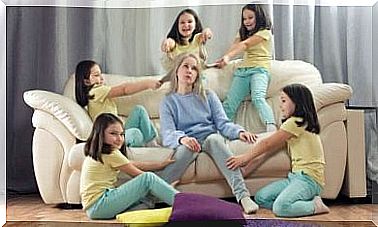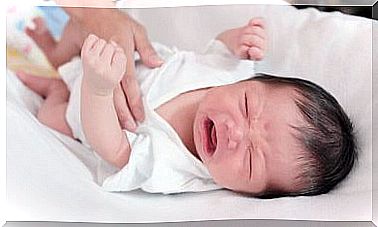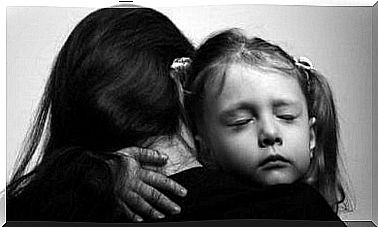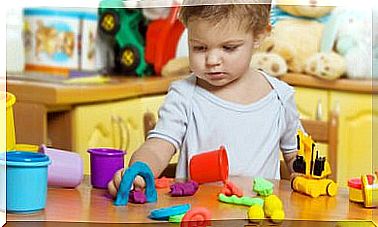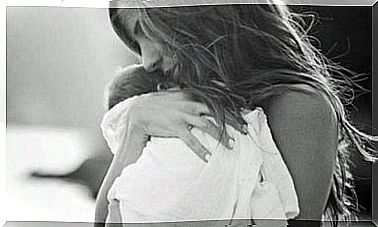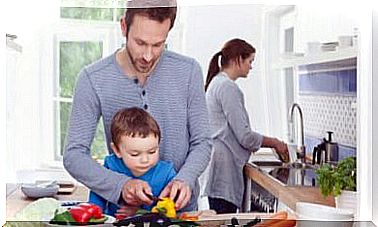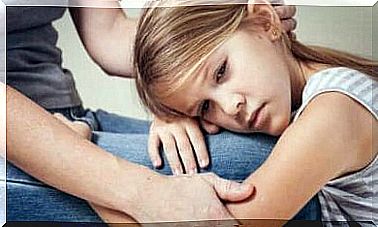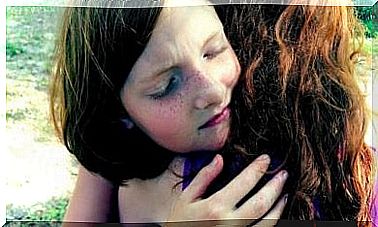Whooping Cough, What Is The Risk To My Baby?
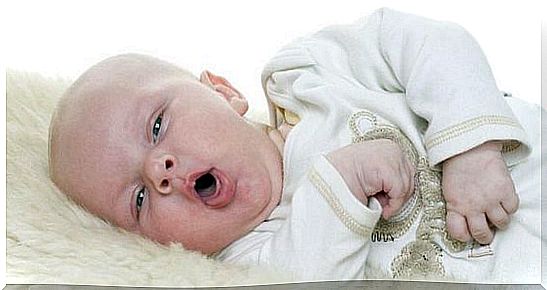
Pertussis, also known as pertussis or whooping cough, is a serious disease caused by bacterial infection of the respiratory system and characterized by strong coughing attacks with a high-pitched sound that is emitted at the moment of inhaling.
This contagious respiratory disease mainly affects children under 6 months of age who have not been properly vaccinated. Despite this, it can also affect children between 11 and 18 years old whose immunity given by these vaccines has diminished.
Although currently pertussis vaccines have considerably reduced the number of deaths, today many babies and children die because they are not treated in time, as this condition causes children to stop breathing.
In this article, we’ll talk about how you can protect your child from getting whooping cough and what the routes of contagion are. Read it carefully and start to remember: did you and your child get vaccinated to prevent this disease?
Pertussis contagion pathways
People with whooping cough often spread the disease by coughing or sneezing around other people, who inhale the bacteria that cause the disease. Therefore, many babies acquire the infection from their parents, siblings or people they have contact with, who may even be unaware of their own health status.
Once this infection is contracted, the patient’s lungs and airways begin to inflame, also infecting the trachea. This causes a very strong and persistent cough.
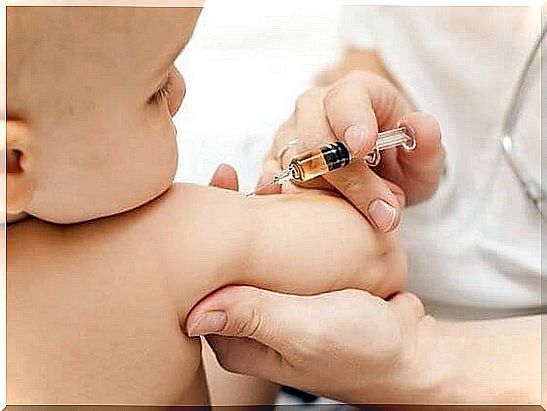
Signs and symptoms of whooping cough
The initial symptoms that pertussis manifests are exactly the same or similar to those that occur in cases of common colds, such as:
- Nasal discharge
- sneezing
- light cough
- low fever
Within two weeks the dry and irritating cough turns into coughing attacks lasting more than a minute, which are very difficult to control. It is noteworthy that during these intense coughing attacks the child may turn red or purple. After coughing, she may make noises when breathing or even vomiting.
However, while many babies and children develop the symptom, not necessarily all of them do as some little ones do not cough or make sounds. But they can give the impression that they lack air to breathe, they can turn purple and even stop breathing for a few seconds.
It is also possible that minors contract pneumonia (a lung infection) and have some difficulty breathing. Presumably, half of babies with whooping cough are hospitalized.
An important fact to take into account is that during coughing episodes, babies’ lips and nails tend to turn blue due to lack of oxygen. Also, the child may expel or vomit thick mucus.
Particular risks in newborns
Whooping cough poses a real risk for any baby under one year because they are prone to complications such as pneumonia, seizures, brain damage and even death. That’s why experts recommend taking the baby to the emergency room immediately.
So pediatric specialists warn parents and suggest going to the hospital ward if the baby shows difficulty breathing, has persistent vomiting, seizures, or symptoms of dehydration.
How to prevent whooping cough?
It is possible to prevent pertussis by opportunely administering the DTPa vaccine (diphtheria, tetanus and acellular pertussis), applied in five doses before the age of six years. The American Academy of Pediatrics also recommends, for added protection, that children between the ages of 11 and 18 receive a booster.
In addition, this vaccine can be administered to adults who have not been vaccinated in childhood or adolescence, especially in the case of living with children, as they can develop complications from pertussis that endanger their lives.

Time to see the pediatrician
If you suspect that your baby has contracted whooping cough or if he has been in contact with someone who has the disease, even if he or she has previously received all the scheduled vaccinations against that disease, it is advisable to consult a pediatrician. Especially if the child has attacks of prolonged coughing.
The alarm signal is intensified if these attacks are accompanied by signals that should be considered with special attention:
- Your baby’s skin, lips, or nails turn red, purple, or bluish.
- Vomits frequently, and may even vomit thick mucus.
- Manifests a high-pitched sound when breathing in after coughing.
- Has difficulty breathing or has brief episodes of stopping breathing (apnoeas).
However, if your child has already received medical care, has been diagnosed with whooping cough, and is receiving treatment at home, do not hesitate to seek medical help immediately if he or she begins to have a seizure, has difficulty breathing, or shows signs of dehydration.
